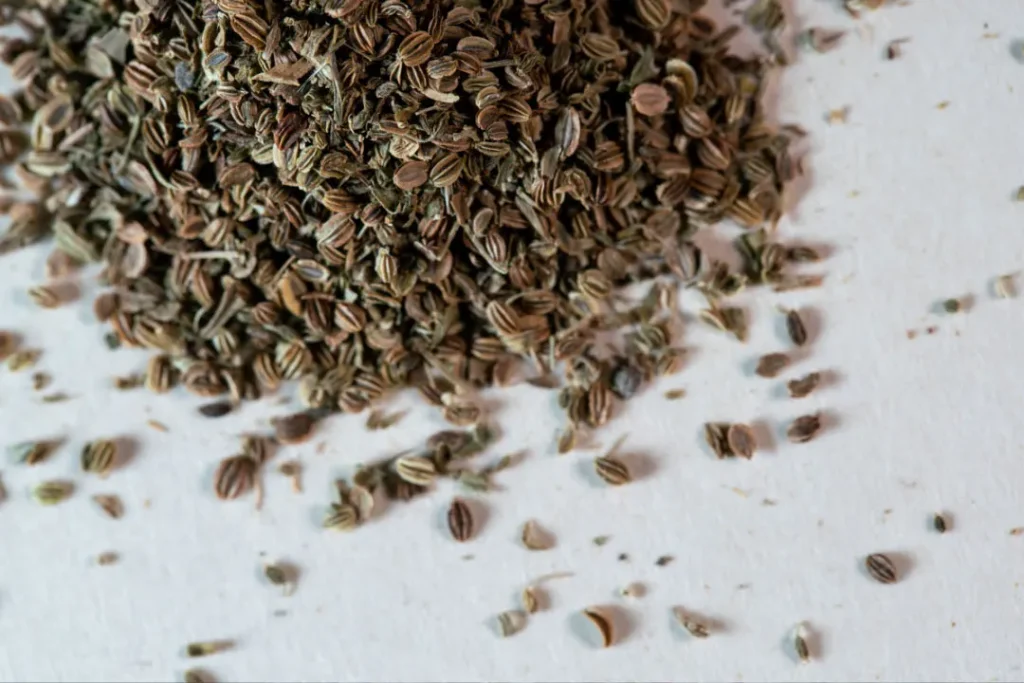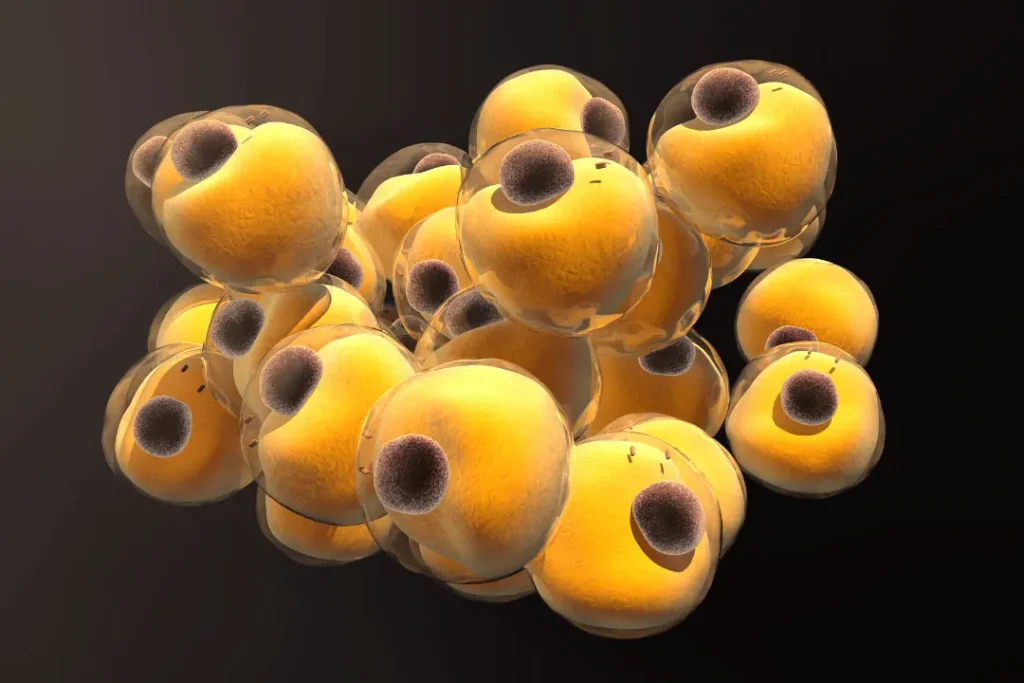Cnidium monnieri, often referred to as she chuang zi in traditional Chinese medicine, has caught the attention of scientists due to its variety of health-improving qualities. The nature of cnidium, its potential health advantages, suggested dosages, side effects, possible drug interactions, and best ethical procedures for its usage as a dietary supplement are all covered in this article. The scientific clarification of cnidium’s chemistry and the physiological basis for its effects on the body and brain will receive special attention.
You May Also Like:
Sunmed CBD vs. Partnered Process CBD: Finding the Best CBD for Sleep
What is Non Restorative Sleep? Here are 5 Great Ways to Get Quality Rest Every Night
Cnidium: Benefits, Dosage, Side Effects, Drug Interactions, and Other Important Information is an original (NootropicsPlanet) article.
Nature of Cnidium
The perennial plant cnidium monnieri is indigenous to China, although it has spread to many other parts of the world. The plant’s seeds are noted for their high concentration of bioactive substances, particularly a group of substances known as coumarins, and are used traditionally for their therapeutic benefits.

Health Benefits
The seeds of cnidium monnieri have a wide range of therapeutic benefits, including aphrodisiac, antibacterial, and antifungal actions. The coumarins found in the seeds, including osthole, imperatorin, and xanthotoxol, are responsible for these benefits.
The principal active ingredient in cnidium osthole has been researched for its possible impact on bone health. Osthole may increase osteoblast development, boosting bone formation, according to research. Additionally, osthole has shown vasodilatory effects, which through enhancing blood flow can support its claimed aphrodisiac benefits.
Furthermore, cnidium seeds have noteworthy antibacterial and antipruritic properties. The coumarin molecules, which have shown in laboratory experiments to have the ability to suppress the growth of certain bacteria and fungi, are responsible for these qualities.

Chemistry of Cnidium Monnieri
Coumarins, a class of phenolic chemicals known for their vast health advantages, are abundant in cnidium monnieri. Osthole, which normally occurs in the highest amounts, is the main coumarin component in cnidium. Imperatorin, xanthotoxol, and isopimpinellin are a few of the additional coumarins found in it as well. The different therapeutic effects claimed from cnidium monnieri are a result of these constituents.
Physiological Properties of Cnidium Monnieri
The abundant coumarin content of cnidium monnieri is mostly responsible for the physiological mechanisms driving those advantages to good health. These bioactive substances have multiple mechanisms through which they operate.
According to research, osthole, the primary active ingredient in cnidium, promotes osteoblast differentiation and maturation. Osteoblasts are cells that aid in the development of bones, suggesting that osthole may benefit bone health. The Wnt/-catenin signaling pathway, a critical mechanism for bone growth, is activated, mediating this impact.
Osthole has demonstrated vasodilatory characteristics in addition to its potential advantages for bone health. Vasodilation, often known as blood vessel widening, can increase blood flow. The emission of nitric oxide, a gas, is suggested to be a mediator of this impact.
Osthole and imperatorin, two coumarins found in cnidium monnieri, have also shown evidence of antibacterial properties. These substances appear to stop the growth of different bacteria and fungi by rupturing cellular functions and harming microbial cell membranes. This action supports the long-standing use of cnidium monnieri to treat itch and ringworm, among other skin disorders.
The promise of cnidium monnieri as a therapeutic agent in medical contexts is now supported by evidence, enhancing the need for additional research to fully understand the mechanisms of the plant and its constituent parts.

Optimal Dosage
The heterogeneity in bioactive component concentrations between preparations and the pause of further studies make it difficult to determine the ideal dosage of cnidium. However, traditional usage frequently suggested consuming 3 to 9 grams of dried cnidium seeds daily. Before starting a cnidium supplementation regimen, as with any other dietary supplement, it’s crucial to speak with your healthcare professional.
Side Effects
When used in moderation, cnidium is typically regarded as safe for most adults. However, some people, especially when beginning supplementation, may develop gastrointestinal discomfort, including nausea or diarrhea. Start with a lesser dose to determine you body’s tolerance, as with any supplement.
Potential Substance Interactions
Cnidium may interact with other medicines that impact vascular function, such as blood pressure medications or anticoagulants, because of its effects on blood flow. Cnidium may also interact with other antimicrobial drugs, possibly having cumulative effects, as a result of its antibacterial properties. As usual, it is advised that you speak with your doctor before starting a supplement, especially if you are taking any other medications.

Responsible Use
When it comes to following dosage guidelines, starting with a lesser dose to gauge your tolerance, and speaking with your healthcare professional before beginning supplementation are all part of using cnidium responsibly. Furthermore, in order to guarantee product quality and safety, it’s critical to buy cnidium from reliable vendors. The seeds of cnidium monnieri have a long history of usage in traditional Chinese Medicine for a variety of health purposes because they are rich in bioactive coumarin chemicals.
Cnidium:
Conclusion
Cnidium shows promise as a potential natural supplement for enhancing our bone health, maintaining vascular function, and battling microorganisms, even though research into its benefits is still in its early stages. However, you can still ask your doctor about it and if it could be right for you, especially if you are looking for a natural daily supplement to aid in supporting your bone health. Traditional Chinese Medicine has had many benefits when it comes to following their medicianl instructions, but npt enough research has been done on cnidium to know if you can take it without speaking to your doctor first.
References:
- Cnidium monnieri: A Review of Traditional Uses, Phytochemical and Ethnopharmacological Properties.link:https://pubmed.ncbi.nlm.nih.gov/26243582/
- Effects of Cnidium monnieri (L.) Cuss. fruit extract on sexual behaviors in male rats.link:https://clinphytoscience.springeropen.com/articles/10.1186/s40816-020-00227-3
- Cnidium monnieri (L.) Cusson Flower as a Supplementary Food Promoting the Development and Reproduction of Ladybeetles Harmonia axyridis (Pallas) (Coleoptera: Coccinellidae)link:https://www.mdpi.com/2223-7747/12/9/1786
Important Note: The information contained in this article is for general informational purposes only, and should not be construed as health or medical advice, nor is it intended to diagnose, prevent, treat, or cure any disease or health condition. Before embarking on any diet, fitness regimen, or program of nutritional supplementation, it is advisable to consult your healthcare professional in order to determine its safety and probable efficacy in terms of your individual state of health.
Regarding Nutritional Supplements Or Other Non-Prescription Health Products: If any nutritional supplements or other non-prescription health products are mentioned in the foregoing article, any claims or statements made about them have not been evaluated by the U.S. Food and Drug Administration, and such nutritional supplements or other health products are not intended to diagnose, treat, cure, or prevent any disease.


